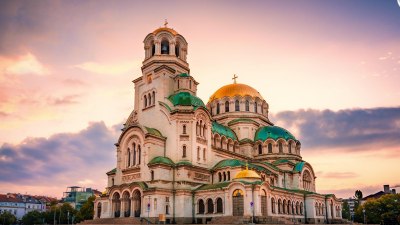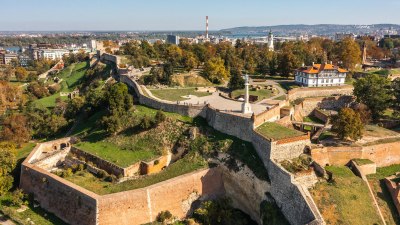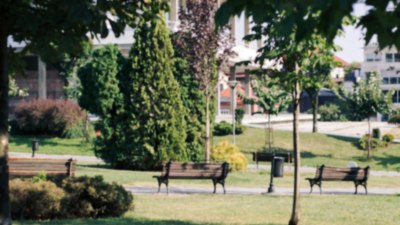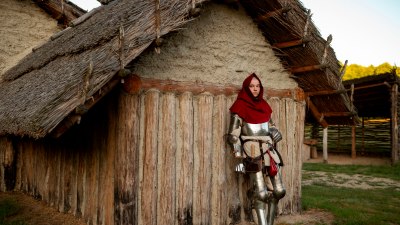Through the Velvet Curtain of the Past
Explore the depths of history and memory, traversing the essence of our shared past.

Image created with Flux Schnell
As we peer through the velvet curtain of the past, we encounter a tapestry woven from countless threads of human experience. Each thread tells a story, rich in detail and colored by the emotions of the individuals who lived it. History, often viewed as a mere collection of dates, events, and names, comes alive when we dive into the personal narratives that shape our understanding of time gone by.
The study of history is not just about recounting what has happened; it's about exploring the who, what, when, where, and why that define moments significant to humanity. As we expand our view through the lens of memory, we uncover the essence of our shared existence, recognizing how the past influences our present and guides our future.
Rediscovering Personal Narratives
To truly grasp history, we must first reconnect with the stories of individuals that have slipped through the cracks of the grand narrative. These personal accounts provide depth to our understanding, painting a picture of daily life across different eras. The lives of ordinary people, their struggles, and triumphs give a human face to the abstract concepts of time.
Consider the perspective of a child growing up during the Great Depression. Their struggles for basic necessities and the unity they found in hardship reveal a resilience that statistics alone cannot illustrate. Through the eyes of those who lived it, we see the impact of economic strife not merely as a phase marked by numbers, but as a period that shaped an entire generation's outlook on life and community.
Historical Context in Modern Times
As we navigate through our contemporary society, it is imperative to reflect on how history casts its shadow on current events. The echoes of past injustices, triumphs, and revolutions resound in our political discourse, social movements, and cultural norms. By acknowledging these connections, we enhance our understanding of the complexities we face today.
For instance, the civil rights movement of the 1960s not only signifies a major shift in American society but also acts as a precursor to contemporary discussions around race and equality. The figures who fought bravely for change remind us that progress is never linear—each step forward can be met with resistance, yet each act of courage helps to dismantle the walls of oppression.
Art as a Time Capsule
Art serves as a significant encapsulation of historical moments, capturing the zeitgeist of various periods through its myriad forms. From paintings and literature to music and theatre, the creations of artists often reflect the values, struggles, and aspirations of their times. By analyzing these works, we gain insight into the emotions and realities that shaped their creation.
The works of the Harlem Renaissance, for instance, not only celebrate African American culture but also challenge prevalent racial stereotypes and social injustices. Through poetry, music, and visual art, this cultural movement provides a powerful commentary on the quest for identity and recognition, echoing the sentiments of a community yearning for equality.
Lessons Learned from Mistakes
History is replete with lessons learned from both triumphs and mistakes. The importance of critically evaluating past errors cannot be understated. Whether it be wars fought for misguided reasons, policies leading to systemic inequality, or the environmental consequences of industrialization, acknowledging these missteps prompts reflection and encourages vigilance.
For example, the horrors of World War II pushed nations to reevaluate their commitments to peace and diplomacy, leading to the formation of international coalitions such as the United Nations. This collective effort to prevent future atrocities illustrates how acknowledging past failures can inspire transformative change.
The Power of Memory
Memory plays a crucial role in how history is understood and retold. It allows us to connect emotionally with events that we may not have experienced firsthand. The stories handed down through generations impart values, traditions, and lessons that form the bedrock of cultural identity.
However, memory is inherently subjective. Each individual’s recollection of events can vary based on personal experience, societal influences, and even the passage of time. This subjectivity can lead to differing interpretations of the same historical event, creating a rich tapestry of narratives that can often be at odds with one another.
Challenges in Historical Narratives
In our quest for a comprehensive understanding of history, we encounter the challenge of biased narratives, where certain voices have been amplified while others remain silenced. Women's contributions, indigenous histories, and the stories of marginalized communities have often been obscured, necessitating a conscious effort to elevate these perspectives.
For instance, while many recount the Industrial Revolution as a time of progress, the voices of workers exploited under harsh conditions and the environmental degradation resulting from industrial practices are often overlooked. By seeking out these alternative narratives, we enrich our comprehension of history and foster a more inclusive discussion about the past.
Pathways to the Future
Through understanding the past, we are better equipped to navigate our future. The choices we make today are rooted in the lessons and knowledge accrued from history. Our global landscape is interwoven with the legacies of events that have shaped our societies, economies, and environments.
As we confront the urgent issues of our time—climate change, social inequality, political polarization—historical context sheds light on potential pathways for resolution. The actions taken (or neglected) in the past can serve as a blueprint for future leaders, activists, and citizens striving to create meaningful change.
Embracing Our Shared History
As we draw back the velvet curtain of the past, we invite a deeper engagement with the rich complexities of our shared history. By honoring the stories of those who came before us, reflecting on their experiences and lessons, we cultivate an enriched understanding of our present.
Ultimately, history is not merely a chronicle of what has transpired, but a living, breathing entity that continues to shape our consciousness. It beckons us to question, learn, and connect—to traverse through time with an empathetic heart and an open mind. In doing so, we honor the past while forging a brighter, more informed future.











